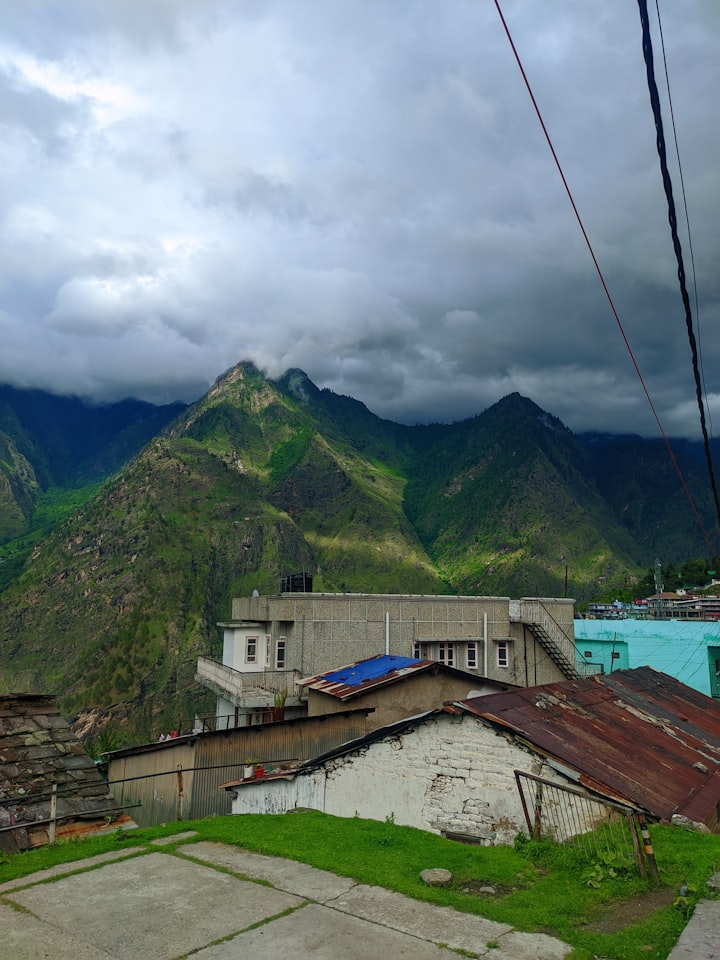
On April 19, 2021, the first human Mars helicopter, the U.S. Kijiki, made its maiden flight. This marked another step forward for human spaceflight, but it was only the beginning.
It is worth mentioning that the Jiji also carried a special item, a small piece of fabric from the Aviator I aircraft. This piece of fabric can have a big origin, because the Aviator I is the first successful flight of the aircraft in human history, and the wit successfully achieved the first flight to Mars, human spaceflight in a century of continuous development, and now has crossed the interstellar. A small piece of fabric, but the significance is immense.
Time back on December 17, 1903, at 10:35 a.m., the American inventor Orville Wright drove the Aviator I successfully into high altitude, this moment became the starting line of human spaceflight, but also a most critical node. In the whole long history of mankind, it is worth to be remembered as a colorful moment.
Two brothers, Wilbur Wright and Orville Wright invented Aviator I together. They chose a coastal area 6 km south of Kitty Hawk, North Carolina, USA, for their test flight. The first test was piloted by the younger brother, Orville, who successfully lifted into the air at 10:35 a.m. and flew a distance of 37 meters in the following 12 seconds. The pilot for the second test was changed to brother Wilbur, who flew a little further, 38 meters. Then it was the younger brother Orville to test again, and this time he flew 61 meters. So on and so forth, until noon, Wilbur for the last test flight, the Aviator One in 59 seconds to fly 260 meters before crashing to the ground. The fuselage was intact except for the front rudder, which was damaged. They succeeded, and the first airplane in human history was born.
Since then, the human exploration of the sky no longer stops at fantasy, but through their own experience to see, to understand, you do not have to be a scientist, is an ordinary person can also "go to the sky". Modern airplanes are making the sky become a road, distant cities can be reached in just a few hours, between continents and continents only spend a dozen hours. The airplane is undoubtedly one of the greatest inventions in human history, and the Wright brothers have made an indelible contribution to human technological progress. And more than a hundred years later, the wit took off successfully on Mars with the fabric of the Aviator I. Such a legacy, serious and with a touch of romanticism.
Coming back to the wit helicopter, it was carried by the Trailblazer Mars rover. Unlike the helicopters on Earth, the Mars helicopter is very small. The overall height of the Jiji is only 0.5 meters, the propeller diameter is 1.2 meters, and the total weight is only 1.8 kg. This is because the Martian atmosphere is less than 1 percent as dense as Earth's, and the helicopter must be light enough to take off successfully. The propellers of the wit are built with lightweight carbon fiber foam, and both propellers rotate in reverse at 2,500 revolutions per minute to provide lift to the fuselage with 350 watts of power.
The area of the first flight of the wit was the Jezero crater, located at 18 degrees north and 77 degrees west of Mars, where it took six seconds to ascend from the bottom of the crater to an altitude of 3 meters in the air and hovered for 30 seconds before beginning its descent. After the maiden flight test, it will take four to five days to recharge and perform refurbishment, and more test flights are planned in the next 30 days to measure its flight stability. Scientists are considering raising the flight height of the Jiji to a maximum height of 5 meters, allowing a flight distance of more than 50 meters and up to 300 meters. Longer distances and longer times mark an increase in the difficulty and complexity of the test flights.
A successful first flight is a good start, but it's much more than that. The helicopter's strength lies in its ability to access rugged canyons, caves, and craters that rovers can't get too near the ground. Through aerial photography, we can show the otherwise unknown face of Mars. In the future, there are more possibilities for human exploration of Mars, and more secrets are waiting to be uncovered.
About the Creator
C Niecy
Opening up a whole new vision of science to you






Comments
There are no comments for this story
Be the first to respond and start the conversation.